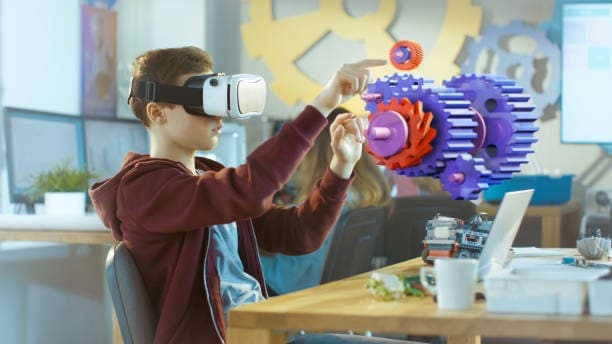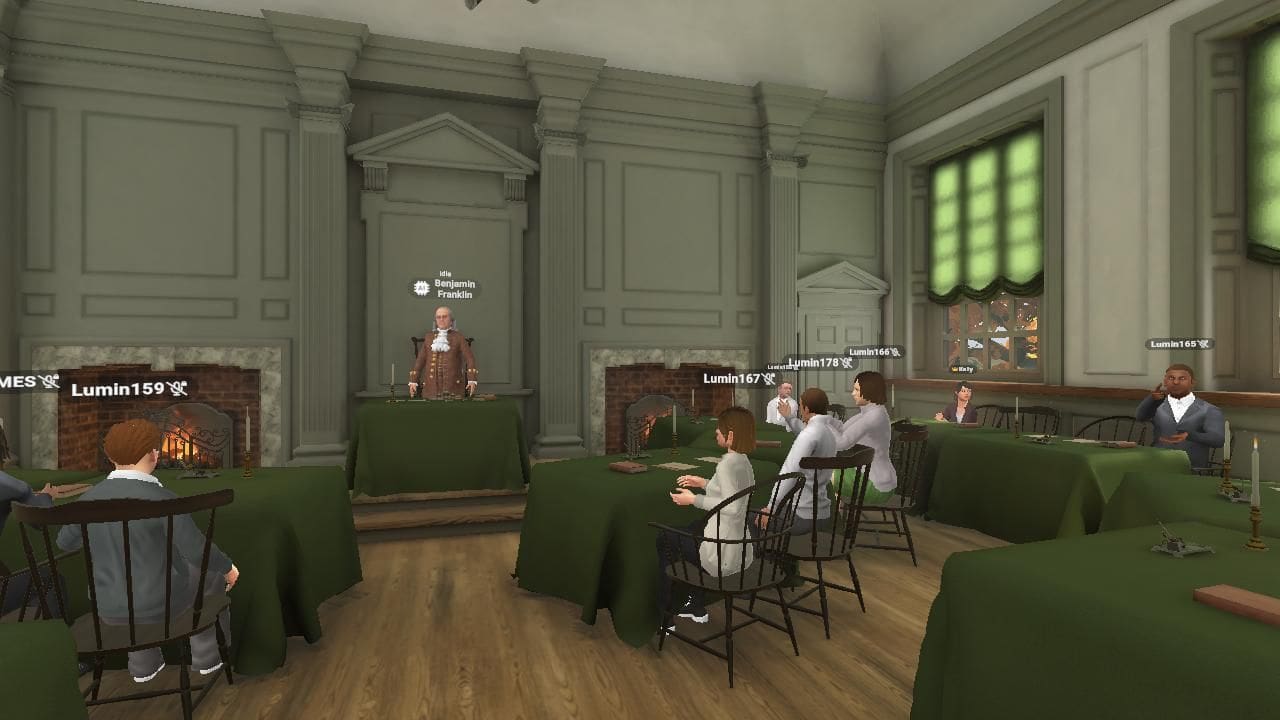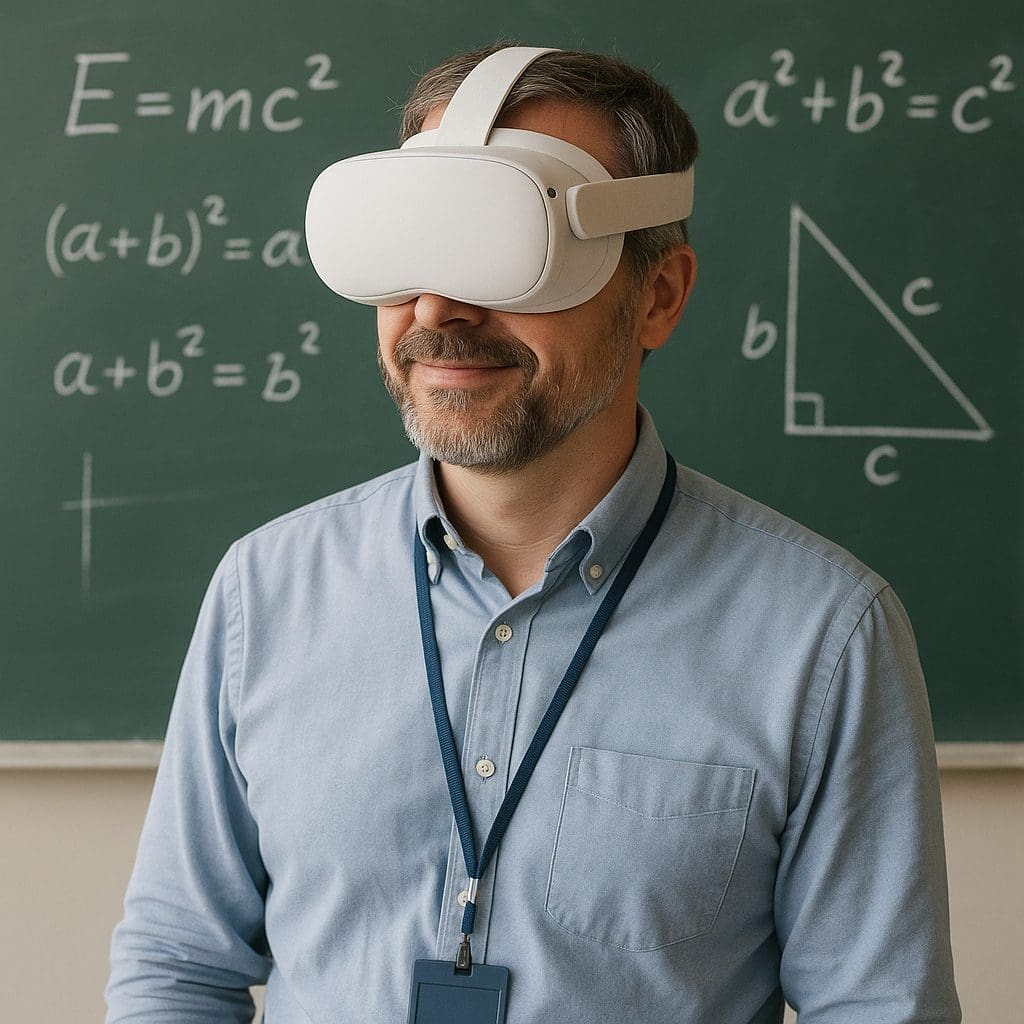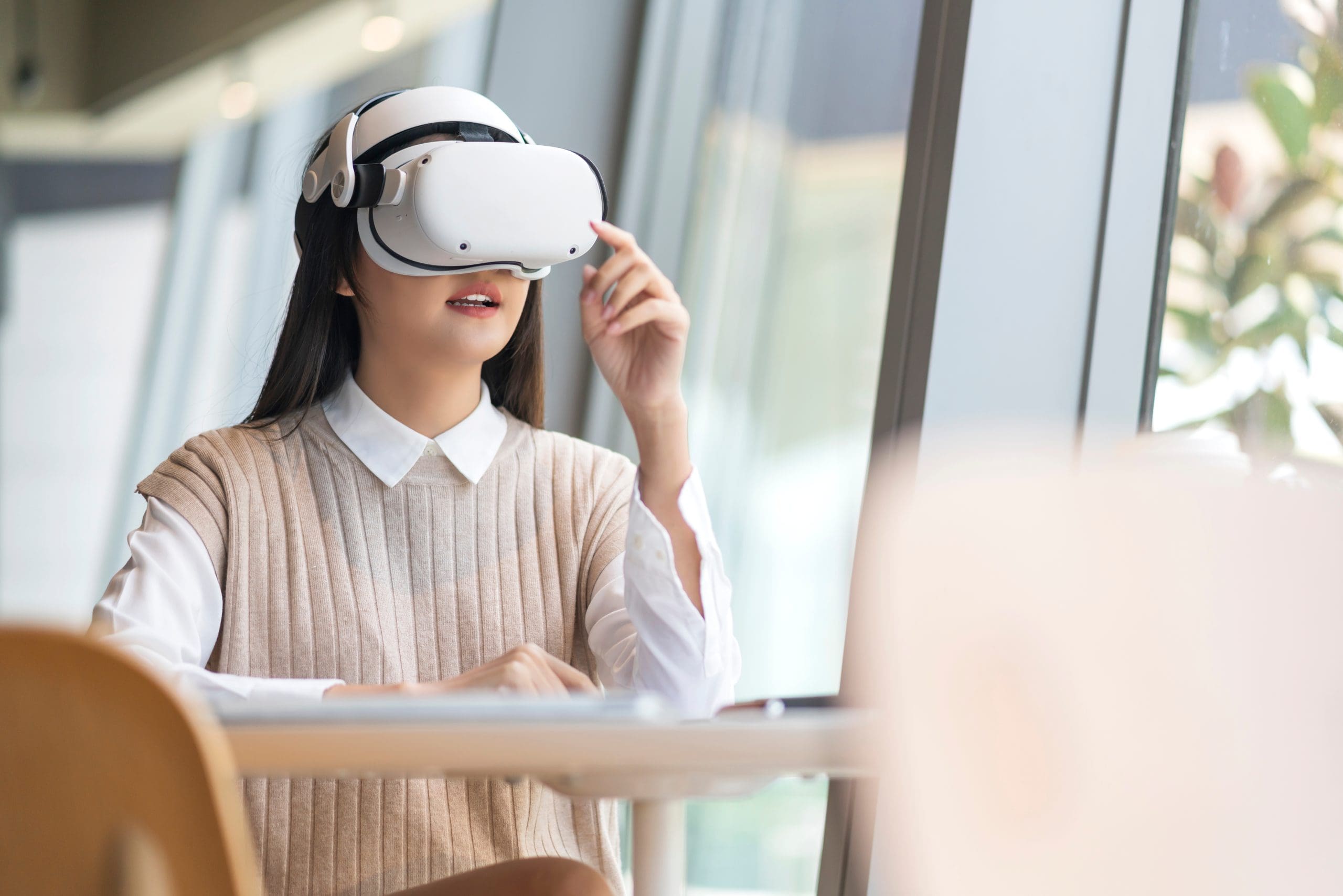
XR’s Impact on Global Learning Access
 In a world where access to quality education remains uneven, technology continues to be a game-changer—especially Extended Reality (XR). As XR technologies like Virtual Reality (VR) and Augmented Reality (AR) become more accessible, their potential to democratize education on a global scale is coming into sharp focus.
In a world where access to quality education remains uneven, technology continues to be a game-changer—especially Extended Reality (XR). As XR technologies like Virtual Reality (VR) and Augmented Reality (AR) become more accessible, their potential to democratize education on a global scale is coming into sharp focus.
This isn’t just about enhancing the classroom experience—it’s about breaking down barriers that have historically limited learning opportunities based on geography, infrastructure, or socioeconomic status. With XR, we’re entering an era of teaching without borders.
What Is XR and Why Does It Matter for Global Learning?
Extended Reality (XR) is the umbrella term that includes VR, AR, and Mixed Reality (MR)—all immersive technologies that blend the physical and digital worlds. While commonly associated with gaming and entertainment, XR is rapidly transforming industries, with education standing out as one of the most promising.
Here’s why XR matters:
-
It removes physical boundaries by placing students in virtual environments where they can learn from anywhere.
-
It enhances comprehension through immersive, hands-on experiences—ideal for students who may not have access to well-equipped schools or trained teachers.
-
It enables equitable experiences by delivering consistent, high-quality content regardless of location.
Teaching Without Borders: How XR Is Expanding Global Access
1. Bringing Classrooms to Remote Regions
In rural or underserved communities, schools often lack essential resources—labs, libraries, or qualified instructors. XR makes it possible to deliver simulated science experiments, historical reenactments, or even language immersion experiences through a VR headset or mobile AR app.
Example: A student in a remote village can explore the pyramids of Egypt or participate in a simulated chemistry lab—without ever leaving home.
2. Bridging Language and Cultural Gaps
Language and cultural barriers have long been obstacles in global education. XR enables multilingual content and culturally adaptive environments that help students learn in ways that reflect their background while exposing them to others.
3. Supporting Displaced Learners
Refugee populations and displaced students often struggle with interrupted education. XR can provide continuity by delivering consistent curricula and instruction—even in temporary learning centers or crisis zones.
4. Scaling Quality Education
Once developed, XR lessons can be deployed widely and updated easily. This allows education providers and governments to scale up quality education programs without the high cost of physical infrastructure.
How XR in Education Gets Financed
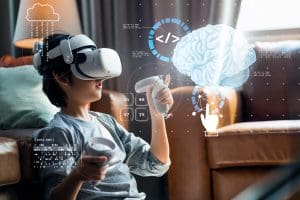 While XR has the power to revolutionize learning, implementing these technologies at scale requires strategic investment. The good news? Schools, districts, and organizations around the world are finding creative and sustainable ways to fund immersive learning.
While XR has the power to revolutionize learning, implementing these technologies at scale requires strategic investment. The good news? Schools, districts, and organizations around the world are finding creative and sustainable ways to fund immersive learning.
1. Government Grants and Public Funding
Many countries offer education innovation grants, digital equity initiatives, or STEM-specific funding that can be applied toward XR implementation. In the U.S., programs like ESSER (Elementary and Secondary School Emergency Relief) funds and Title I or IV grants are commonly used to support technology-driven learning environments.
2. Private Philanthropy and Foundations
Organizations such as the Gates Foundation, Chan Zuckerberg Initiative, The Education Freedom Foundation and UNESCO’s Global Education Coalition support projects that aim to increase educational access and equity. XR pilots with a focus on underserved learners are often strong candidates for philanthropic support.
3. NGO and Humanitarian Support
In regions affected by poverty or conflict, non-governmental organizations often serve as critical facilitators. NGOs working in education and refugee services are leveraging donor funding to deploy XR tools in learning centers and camps worldwide.
4. Crowdfunding and Community Support
Some schools and educators take grassroots approaches by launching crowdfunding campaigns or securing community sponsorships for XR headsets, curriculum licenses, or teacher training. These efforts are especially common in charter and independent school environments.
Funding shouldn’t be a barrier to innovation. With a growing pool of public and private options, XR education programs can be both impactful and financially sustainable—making immersive learning more accessible for students everywhere.
The Future: Immersive Equity
As XR evolves, the vision of “learning without limits” becomes increasingly real. Students in Nairobi and New York, Dhaka and Dallas, can sit side by side in a virtual classroom—exploring, interacting, and growing together. It’s not just a shift in tools; it’s a shift in possibility.
XR in education is not about replacing teachers or classrooms—it’s about giving teachers new tools while reimagining access, equity, and opportunity for every learner, everywhere.
Conclusion: Breaking Barriers, Building Bridges
The role of XR in global education is transformative. From rural connectivity to refugee education, from language diversity to scalable impact, XR empowers educators to teach beyond walls and students to learn beyond borders. The question is no longer if XR will impact global education—it’s how fast we can make it accessible to all.



